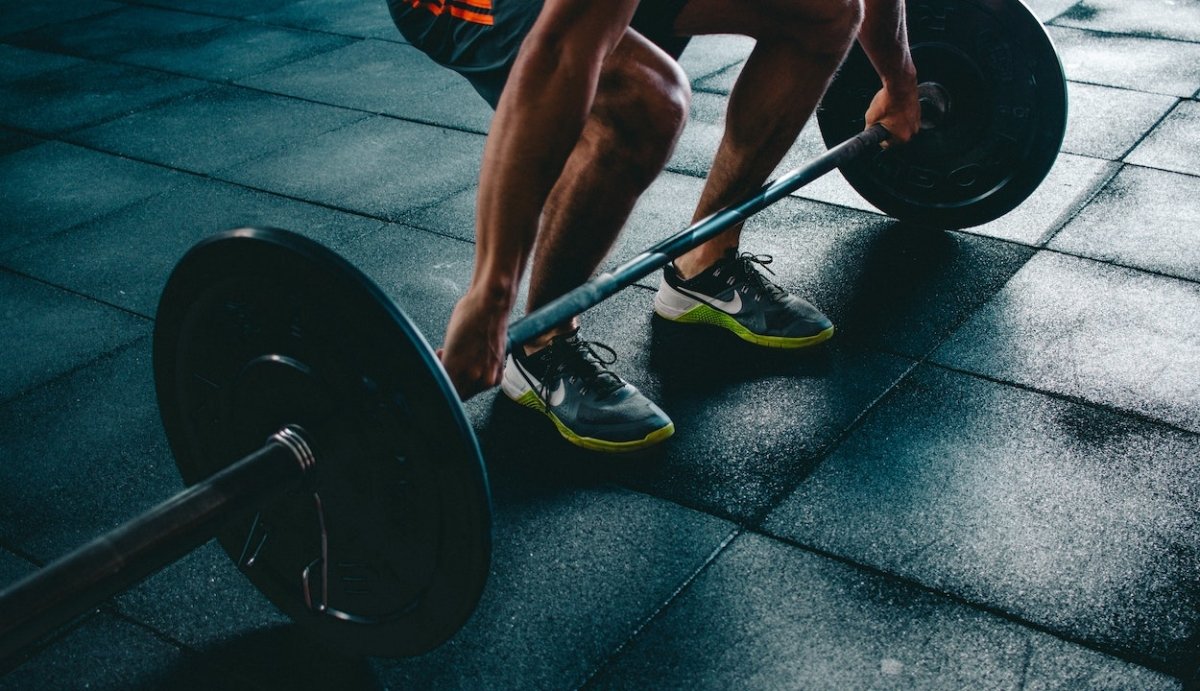Your Cart is Empty
FREE SHIPPING ON ALL ORDERS $75+
Cannabis and exercise may seem like an unusual combination, but many are exploring the effects of incorporating cannabis into their workout routines. From potential benefits to possible drawbacks, here's a look at the pros and cons of working out high.
Many athletes report that using cannabis can enhance their focus and stamina during workouts. The primary benefit is cannabis’s ability to reduce pain and inflammation, potentially allowing for longer, more intense sessions.
Research indicates that THC may help alleviate muscle soreness and joint pain, making it easier to push through challenging workouts.
Cannabis is also known for its anxiety-reducing effects. For those who experience gym-related stress or performance anxiety, cannabis might help clear mental fog and improve concentration. This can lead to a more productive workout and a greater sense of relaxation both during and after exercise.
Post-workout recovery is another area where cannabis, particularly THC, shows promise. Studies suggest that THC can assist in reducing inflammation and improving sleep quality. This can be especially beneficial for recovery, leading to less soreness and a better overall fitness experience.
Research shows that THC can elevate your heart rate and lead to quicker exhaustion, potentially preventing you from reaching your personal best. This can make working out while high, especially, more risky.
While some find benefits in working out high, others may experience impaired cognition. THC can affect concentration and coordination, which might be problematic when using gym equipment.
This could increase the risk of accidents or injuries, making it crucial to gauge your tolerance and cognitive function before integrating cannabis into your routine.
One well-known effect of THC is "the munchies," which can lead to an increased appetite. This might not align well with those on specific dietary plans or trying to control their caloric intake.
Managing cravings can be challenging, particularly if your workout goals include weight management.
In some cases, high doses of THC can induce anxiety rather than alleviate it. This can be counterproductive if you're looking to reduce pre-workout jitters. It’s important to start with small doses to see how your body reacts and avoid consuming too much before your workout.
For those hesitant about the psychoactive effects of THC, CBD presents a viable alternative. Unlike THC, CBD does not impair cognition and has been shown to have anti-inflammatory and pain-relieving properties. Many athletes use CBD to enhance endurance and aid in muscle recovery without experiencing the high associated with THC.
When considering cannabis for workouts, it’s useful to compare CBD and THC. CBD is non-psychoactive and often preferred for its therapeutic benefits without affecting mental clarity. In contrast, THC can offer potent effects but may impair focus or cause anxiety, making it less suitable for all users.
If you’re new to using cannabis before workouts, start with a small dose. Experimenting with minimal amounts will help you understand how cannabis affects your performance and recovery. Adjust your dosage gradually based on your experience and tolerance.
Regardless of whether you're using THC or CBD, staying hydrated is crucial. Cannabis can affect hydration levels, so drinking plenty of water before, during, and after your workout is essential.
If you have existing health conditions or are on medication, consult your doctor before incorporating cannabis into your fitness routine. They can provide personalized advice and help you understand any potential interactions or side effects.
Incorporating cannabis into your workout routine comes with both potential benefits and risks.
While some find that cannabis enhances focus, reduces pain, and improves recovery, others might face challenges such as impaired cognition or increased appetite. By starting with small doses and considering alternatives like CBD, you can tailor your cannabis use to fit your fitness goals and needs.
Looking for premium, federally legal CBD or hemp-derived THC to enhance your workout? Check our our Vitality CBD Collection and Elev8 Dleta-8 Collection.

Working out while high can have mixed results. Some people find that cannabis enhances their workout experience by increasing enjoyment and focus, while others may experience impaired coordination, reduced motivation, or altered perception. It’s important to consider how cannabis affects you personally and to prioritize safety and effectiveness in your workouts.
Smoking before the gym is a personal choice and can vary in its effects. For some, it might enhance relaxation and enjoyment, but it could also impair coordination, focus, or respiratory function. It’s crucial to know how your body responds to cannabis and to ensure that it doesn’t negatively impact your workout performance or safety.
Yes, exercise can give you a natural high. This feeling, often referred to as the "runner's high," is due to the release of endorphins, which are chemicals in the brain that help relieve pain and induce feelings of pleasure and euphoria. This natural high can improve mood and overall well-being.
The duration of an exercise high can vary, but it typically lasts from a few minutes to several hours after completing a workout. The effects can depend on the intensity and duration of the exercise, as well as individual factors like fitness level and body chemistry.
To achieve a runner’s high, engage in moderate to intense aerobic exercise, such as running, for an extended period. The key factors include maintaining a steady pace and pushing your limits. Consistent, regular exercise can also help increase the likelihood of experiencing this euphoric feeling.
Comments will be approved before showing up.
